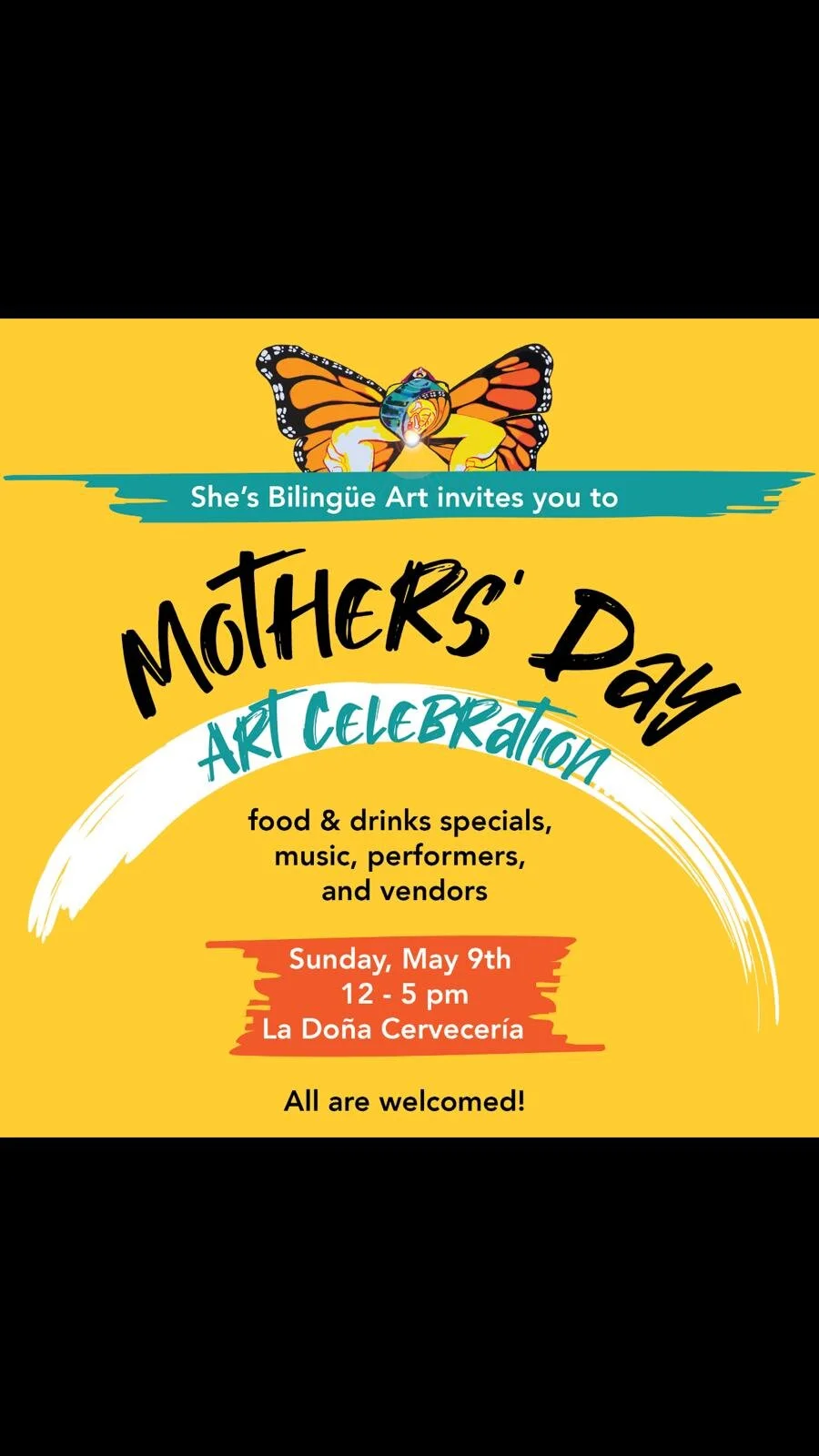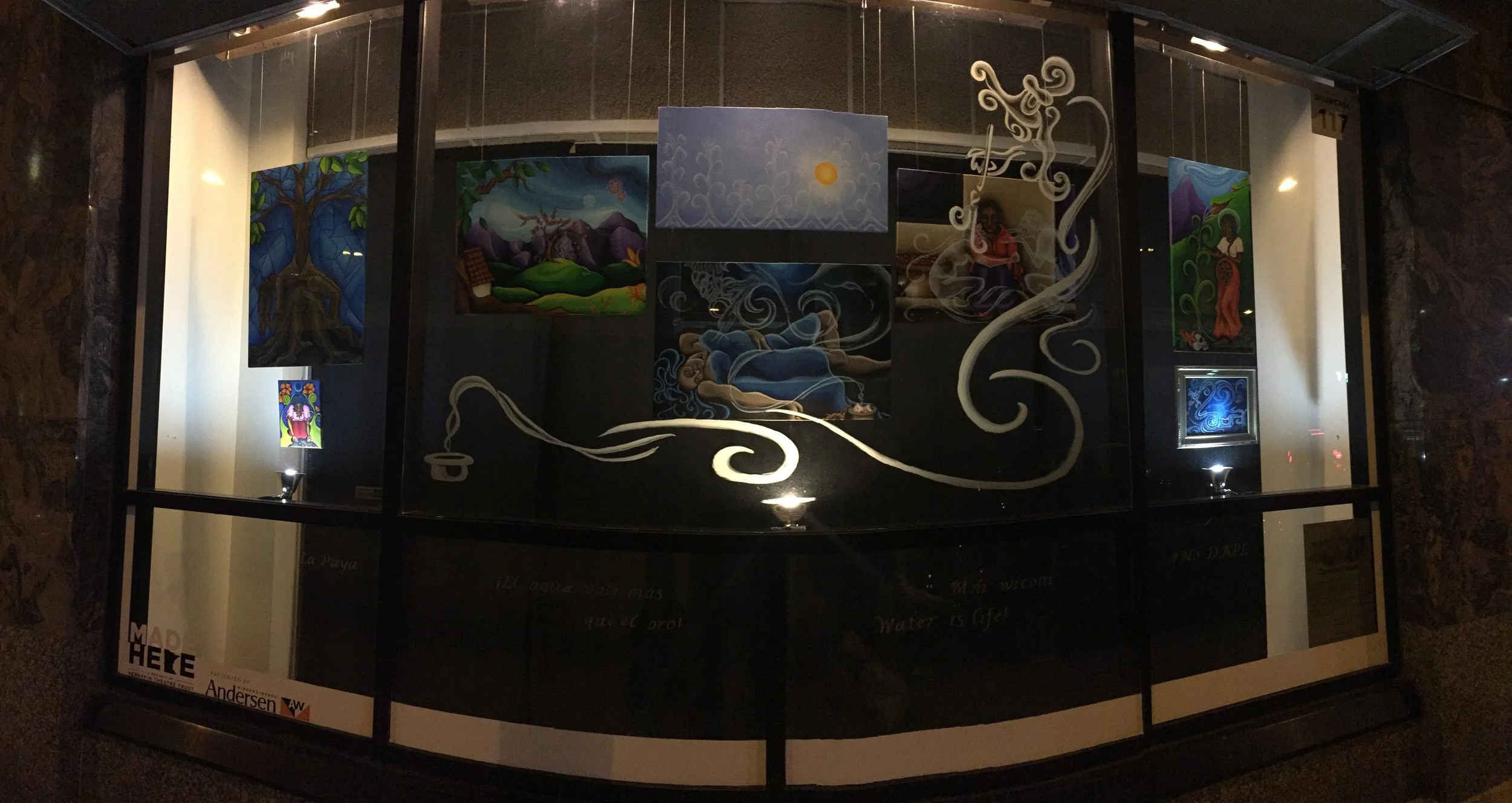Opening Reception Friday, September 13, 2019, 6-8 pm
Reclaiming Our Grandmothers
My artform is a vehicle for visually telling stories outside of the mainstream Minnesota narrative.
For over 500 years, most accounts of Maya history and cosmology have been produced by non-Indigenous sources. Indigenous Maya voices - especially female voices - are absent from these narratives
When Indigenous women - human and sacred alike - do make an appearance in Western-produced literature, their original roles within their cultures have been perverted. Across what is now known as, “the Americas,” Indigenous women have been gazed upon and interpreted through the European colonizers’ lenses of patriarchy and Christianity. It has been especially urgent for the colonizers to bring Indigenous women - undisciplined and troublingly liberated - under white Christian male control.
To accomplish this goal, our goddesses and sacred grandmothers were stolen, defiled, abused, transformed into “devils,” “witches,” and “shit-eaters.” False interpretations have contributed to cycles of historical trauma which persist today - not only in the way that Indigenous women are perceived by outsiders, but also as justification for countless crimes against humanity across both American continents.
In contemporary society, Indigenous women - brown and female - are objectified, romanticized, hyper-sexualized, and de-humanized. We are preconditioned by the mainstream Euro-centric cultures into which we are born and raised to de-value ourselves and to be devalued by others - reduced to the “Indian Princess” or the “Ixta Fea” (ugly, dirty Indian girl). Seemingly harmless stereotypes produce devastating consequences when we consider the alarming rates of abuse, rape, disappearance, murder, self-harm and suicide plaguing Indigenous women and girls.
However, when we all strive to decolonize ourselves, our communities, and mainstream society, we can develop a new understanding of being female - past and present - re-imagine the mythical and re-humanize the ancestors and the living. We can, perhaps, reclaim our sacred grandmothers, ourselves, and future generations.
The visual stories that will be presented in this exhibition are the stories of our Indigenous grandmothers that are not often told in the colonialist narratives that actively work to erase the Indio from their histories. Growing up in Mni Šota settler society, I’ve become all too familiar with the words of Captain Richard H. Pratt, “Kill the Indian...save the man” - or woman, in this case - and their tragic consequences. Perhaps, upon viewing this exhibition, other Minnesotans will recognize this shared history and the subsequent local legacy of which we are all beneficiaries on Dakhόta homeland. It’s time to present positive images and stories of Indigenous women to counter the past 500 years of “poisoning the water” and our lives.












